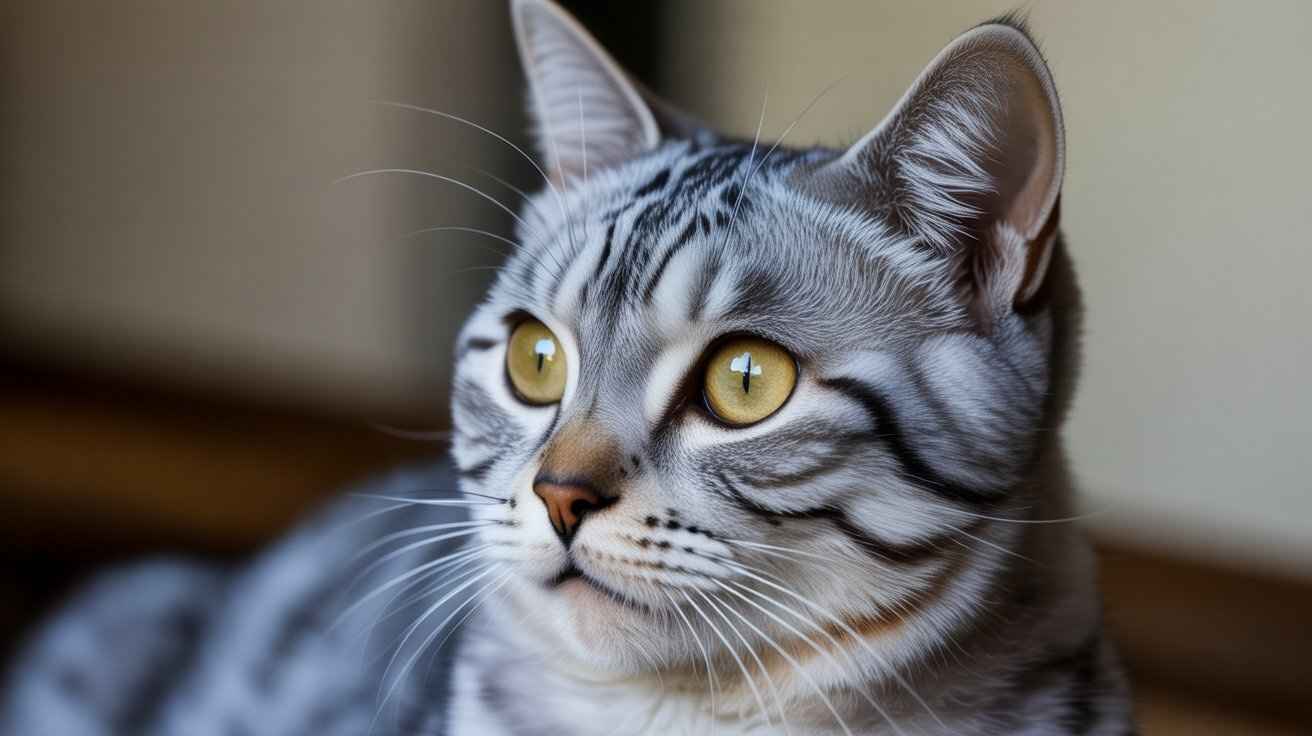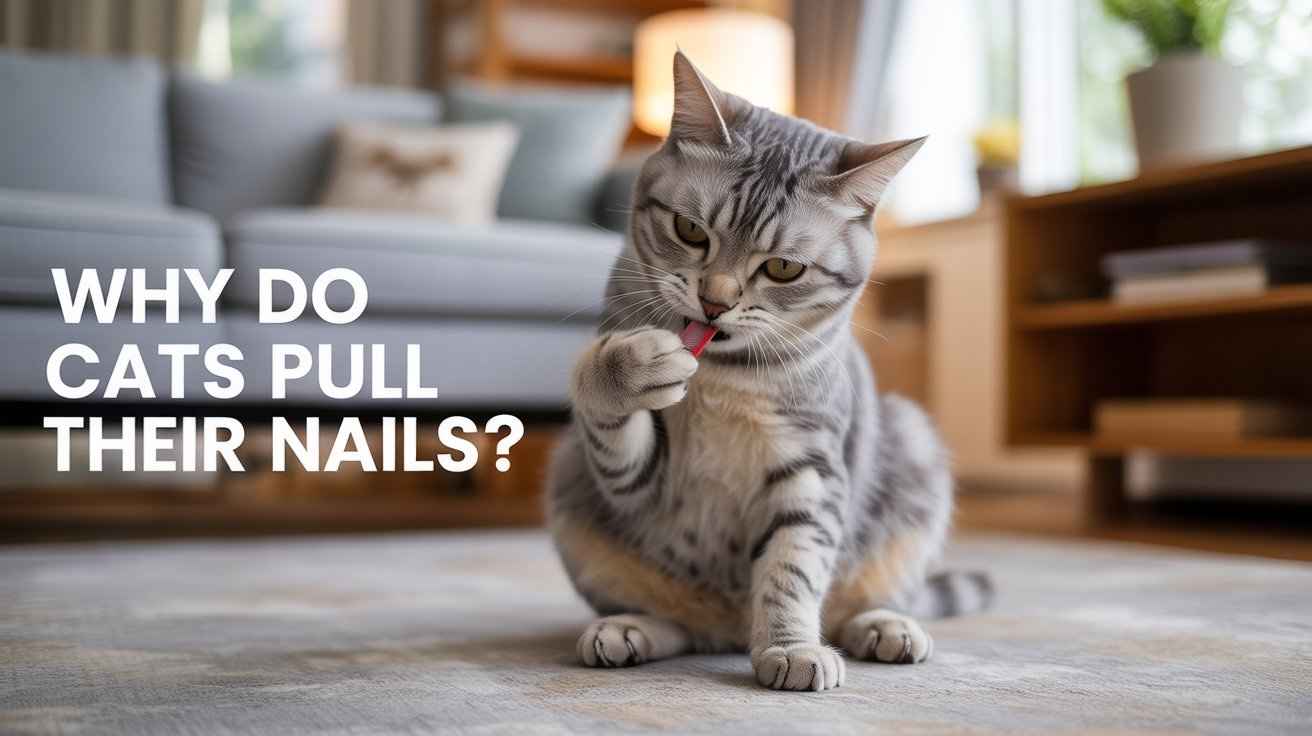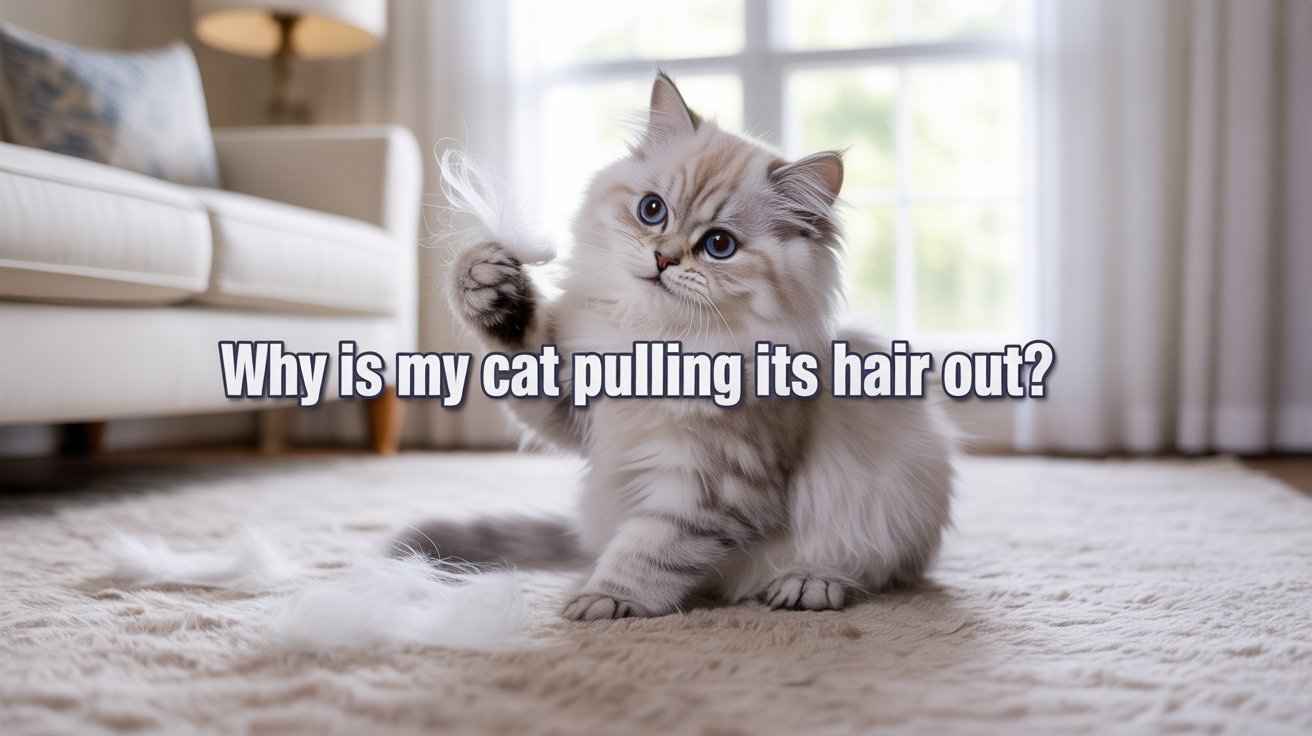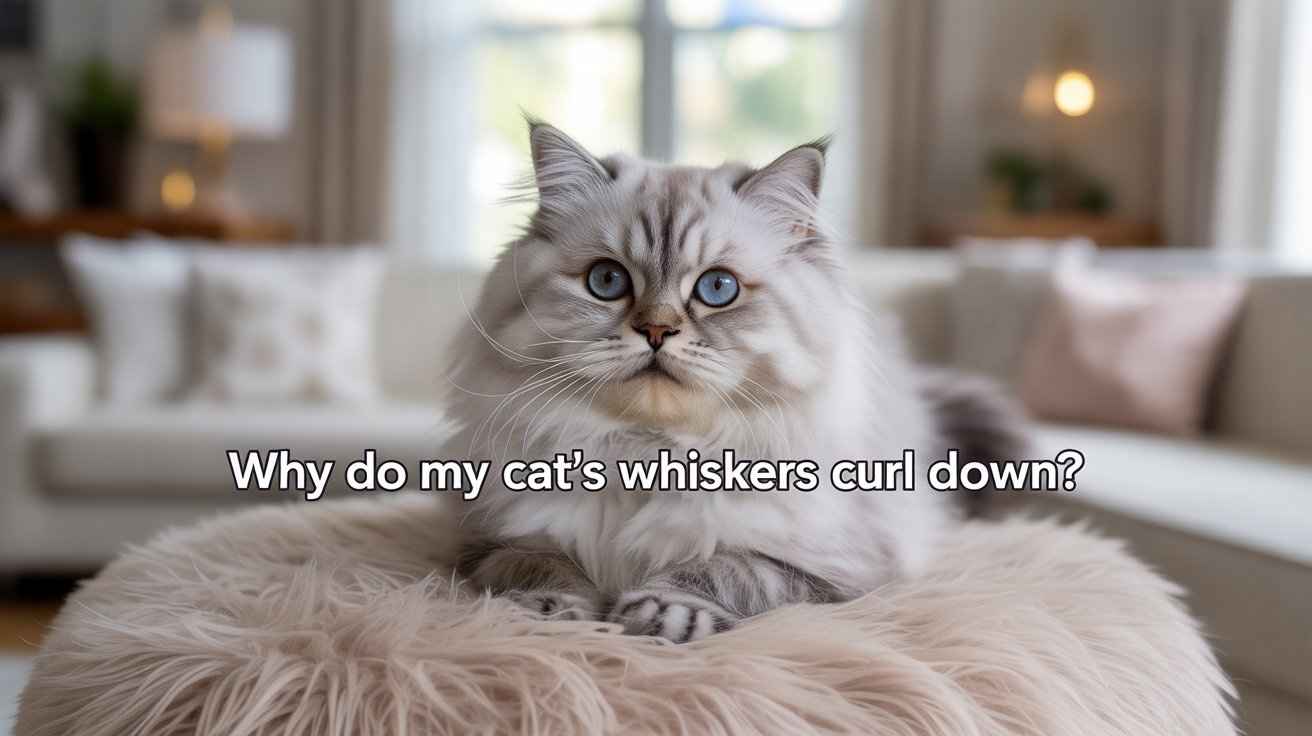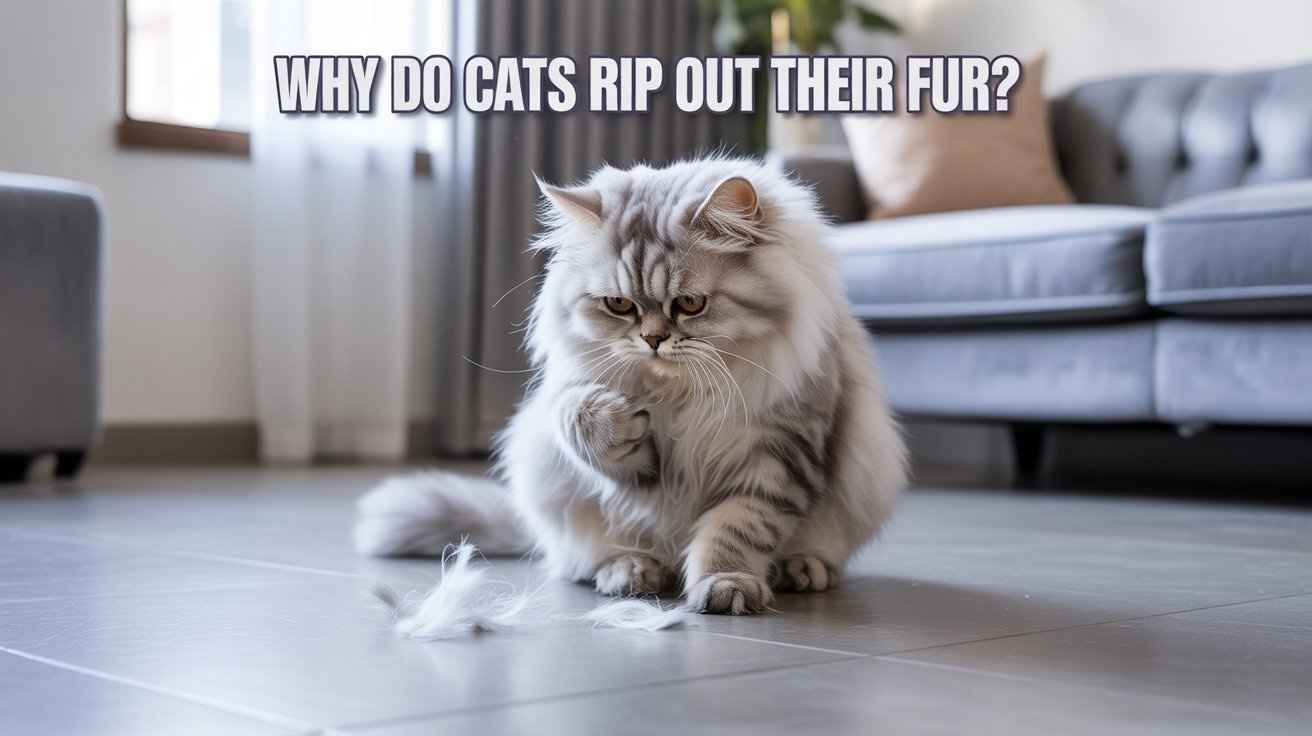Why Do Domesticated Cats Have Slitted Eyes? Top reasons include better night vision, precise light control, hunting efficiency, and protecting their eyes.
Why Do Domesticated Cats Have Slitted Eyes?
Have you ever looked into your cat’s eyes and noticed those thin, vertical slits? They may look mysterious, but they serve a purpose beyond beauty.
Slitted pupils are an evolutionary design that helps cats control light, see in darkness, and hunt with accuracy.
This unique eye shape is one of the main reasons why cats are such skilled hunters, even as house pets.
Main Reasons Cats Have Slitted Eyes
| Reason | What It Does | Why It Matters |
|---|---|---|
| Light Control | Changes pupil size in bright and low light | Protects eyes and helps cats see clearly |
| Night Vision | Works with the tapetum lucidum (mirror-like eye layer) | Let’s cats see and hunt in the dark |
| Depth Perception | Vertical pupils improve distance judgment | Helps cats jump and pounce safely |
| Hunting Advantage | Focuses on small, moving objects | Makes stalking and catching prey easier |
| Evolutionary Adaptation | Passed down from wild hunters | Keeps cats well-prepared for survival |
Evolutionary Story: From Hunters to House Cats
Thousands of years ago, wild cats survived by hunting small animals. They needed sharp vision both during the day and at night.
- Slit pupils helped them hide in grass, spot prey in sunlight, and detect movements in the dark.
- Big cats, such as lions and tigers, are daytime hunters, so they have evolved round pupils.
- Small cats, including today’s domestic cats, kept their slitted pupils for stealth and surprise attacks.
Even after becoming house cats, this special hunting tool stayed with them.

Cat Eye Anatomy
A cat’s eye is built like a tiny camera:
- The iris is the colored part that opens and closes the pupil.
- Slit pupils – adjust to control how much light enters.
- Retina – full of rod cells that help in dim light.
- Tapetum lucidum – a shiny mirror layer that reflects light and improves night vision.
Together, these parts enable cats to excel at seeing in the dark, judging distance, and detecting even the slightest movements.

Hunting Skills and Depth Perception
Slitted eyes act like range finders. They let cats:
- Judge distance ideally before jumping.
- Focus on moving prey in dim light.
- Time their pounce with accuracy.
This is why cats are so good at hunting — even if it’s just a toy or an insect at home.
Night Vision and Light Control
- In bright sunlight, pupils shrink into thin lines to protect the eyes.
- At night, pupils open wide to let in more light.
- The tapetum lucidum reflects light back into the eye, creating the famous glow and enhancing night vision.
This gives cats the power to sneak around in darkness while seeing clearly.
Why Don’t Big Cats Have Slitted Eyes?
| Point | Small Cats (Home Cats) | Big Cats (Lions, Tigers) |
|---|---|---|
| Eye Shape | Slitted pupils | Round pupils |
| Hunting Time | Night hunters | Day hunters |
| Hunting Style | Sneak and pounce | Chase and power |
| Vision | Reasonable in dark, short distances | Reasonable in the dark, short distances |
Other Interesting Theories
- Hidden Eyes: Slits in cats’ eyes may make them less visible to prey.
- Multifocal Vision: Cats can see multiple distances and colors simultaneously.
Scientists are still studying, but one thing is sure: slitted eyes are a survival secret.
Pet Owner Tips

- Watch for warning signs: uneven pupils, cloudiness, or no reaction to light may mean health problems.
- Regular changes: pupils widen or shrink with light, mood, or excitement.
- Mood signals: wide pupils = playful or curious, narrow pupils = relaxed.
Fun Facts About Cat Eyes
- Cats’ eyes shine in the dark due to the tapetum lucidum.
- Their pupils can open three times wider than human pupils.
- Pupil size changes with mood — excited cats have wide pupils, calm cats have narrow ones.
FAQs
Q1. Why do cats have slitted eyes?
To control light, see in darkness, and judge distances when jumping or hunting.
Q2. Do kittens have slitted eyes?
Yes. As they grow, their pupils slowly form slits.
Q3. Why do cat pupils change size?
Because of the light and the mood. Big in darkness, small in bright light.
Q4. Why don’t lions and tigers have slits?
They are day hunters, so they need round pupils for long-distance vision.
Q5. Can cat pupils show sickness?
Yes. Uneven or cloudy pupils can be a sign of a health issue and should be checked by a veterinarian.
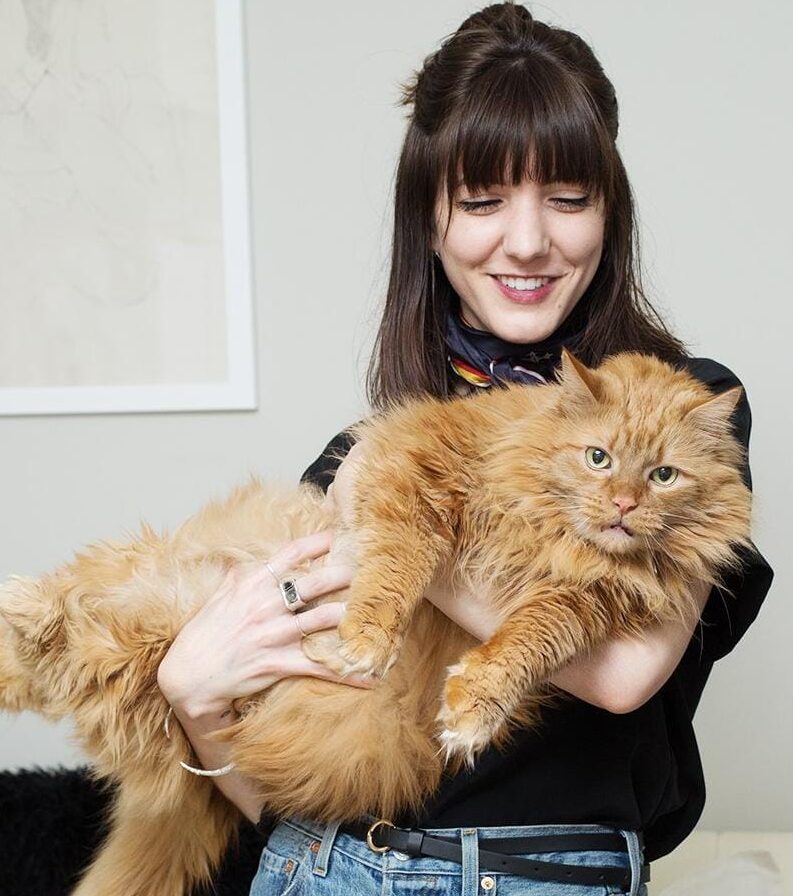
Hi, I’m Sana Sajid!I’m the voice behind CatsCare.blog, sharing my 10+ years of hands-on cat care experience. With a diploma in animal care, I offer practical tips, trusted advice, and easy-to-follow guides to help keep your cats healthy and happy.
When I’m not writing, I spend time with my own cats or exploring the latest developments in feline health. Follow CatsCare.blog for expert insights and real cat stories!

